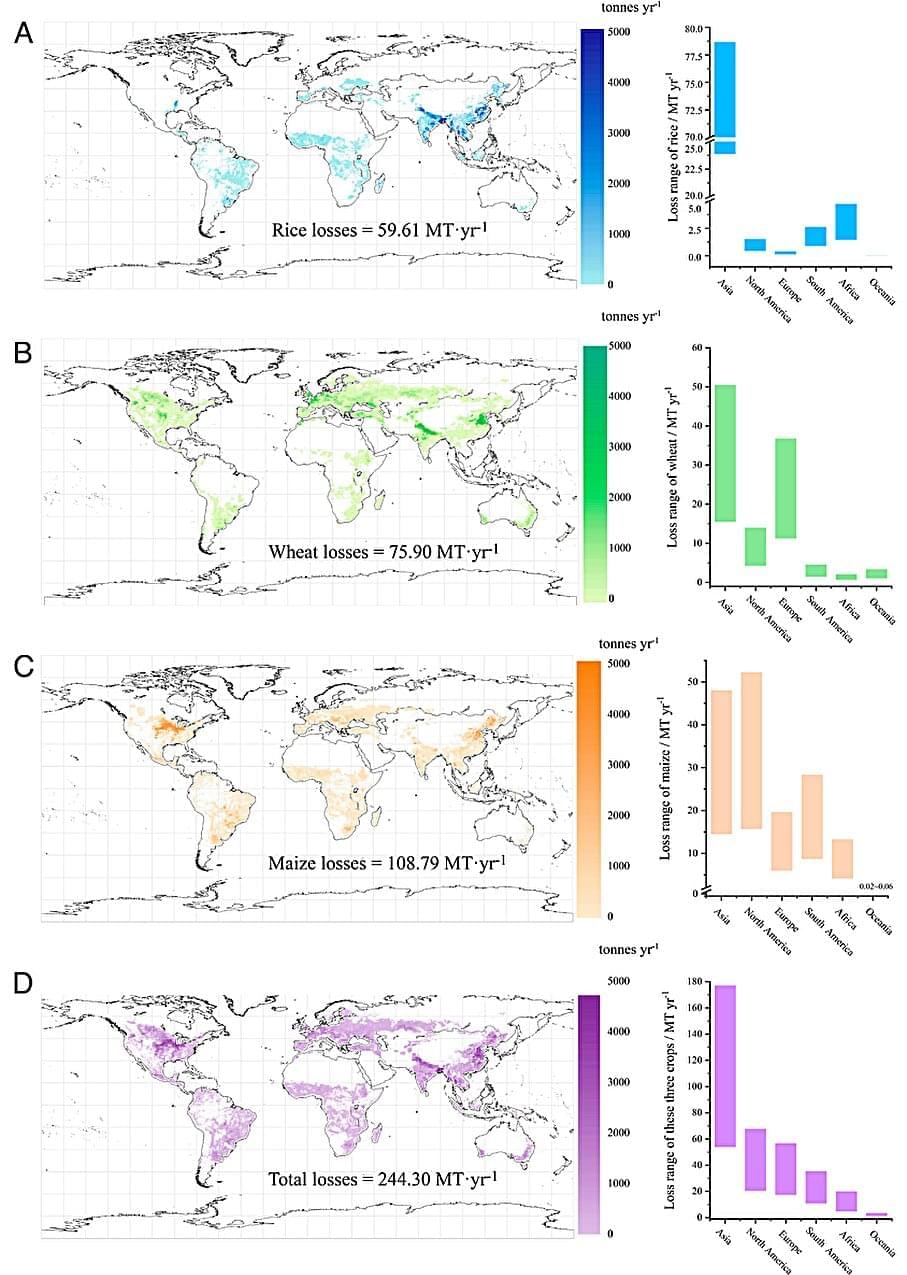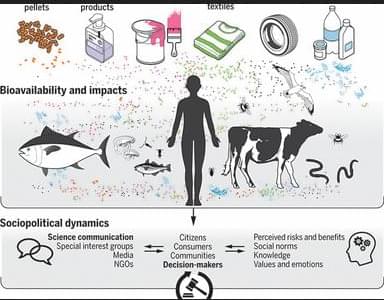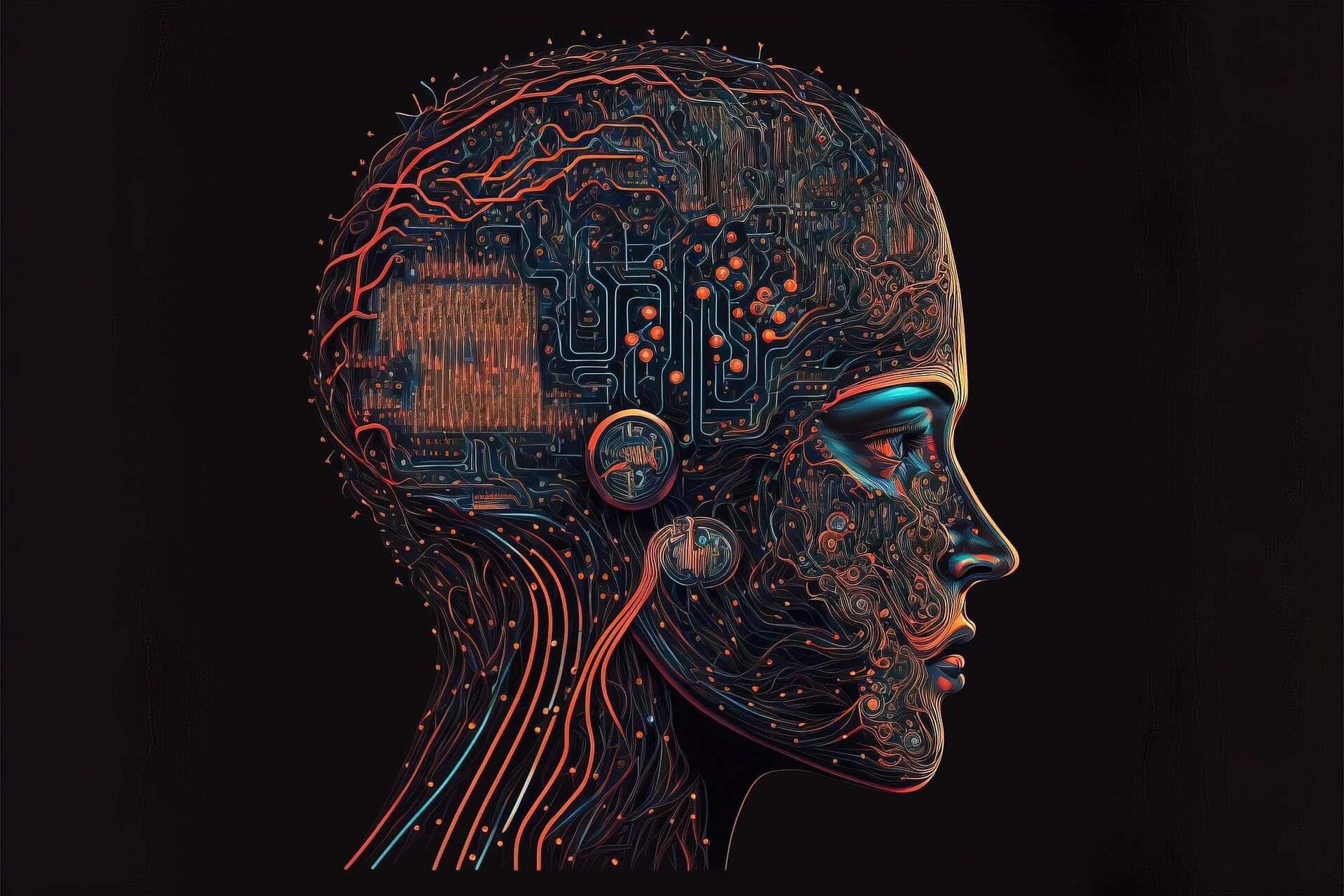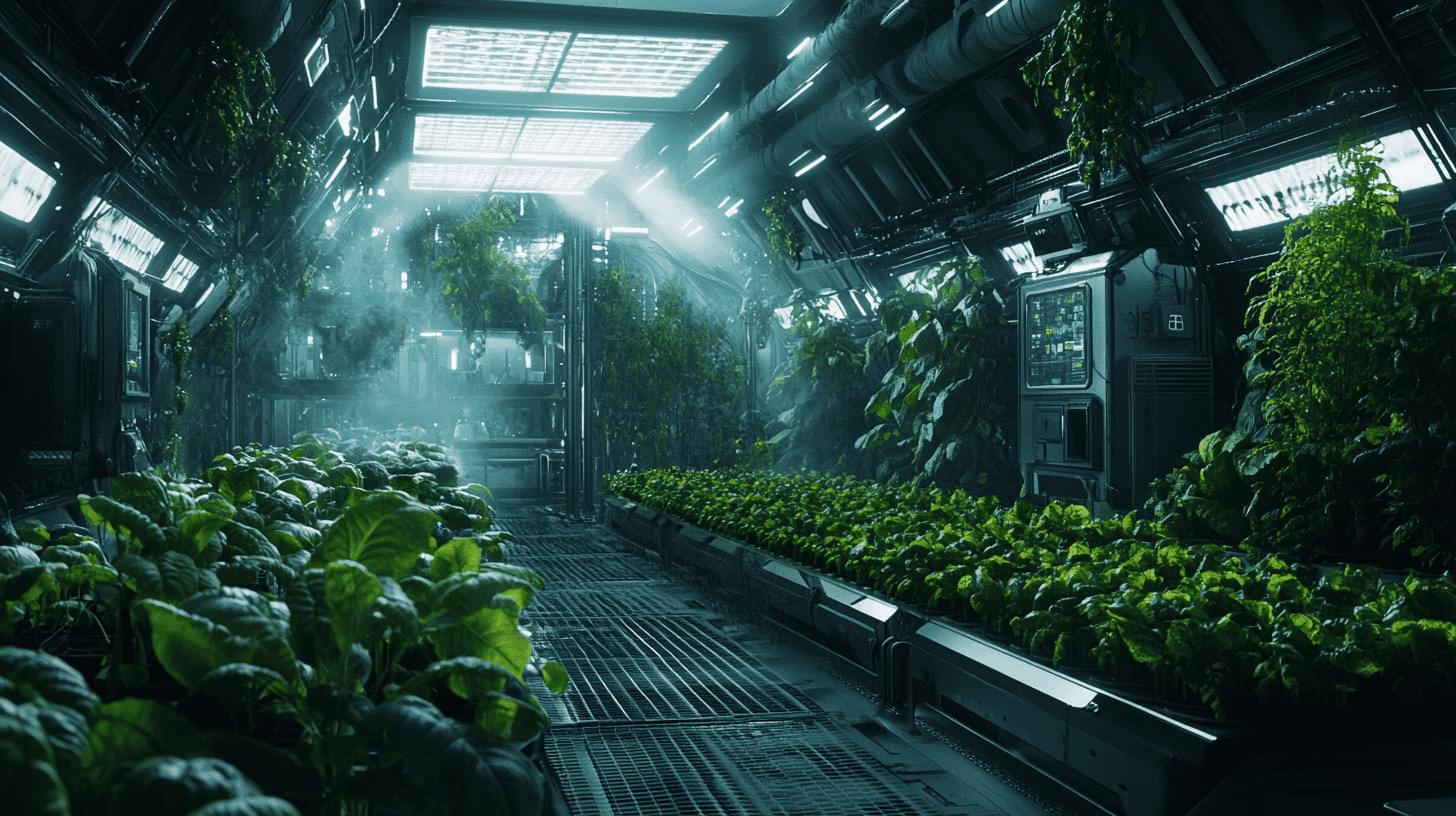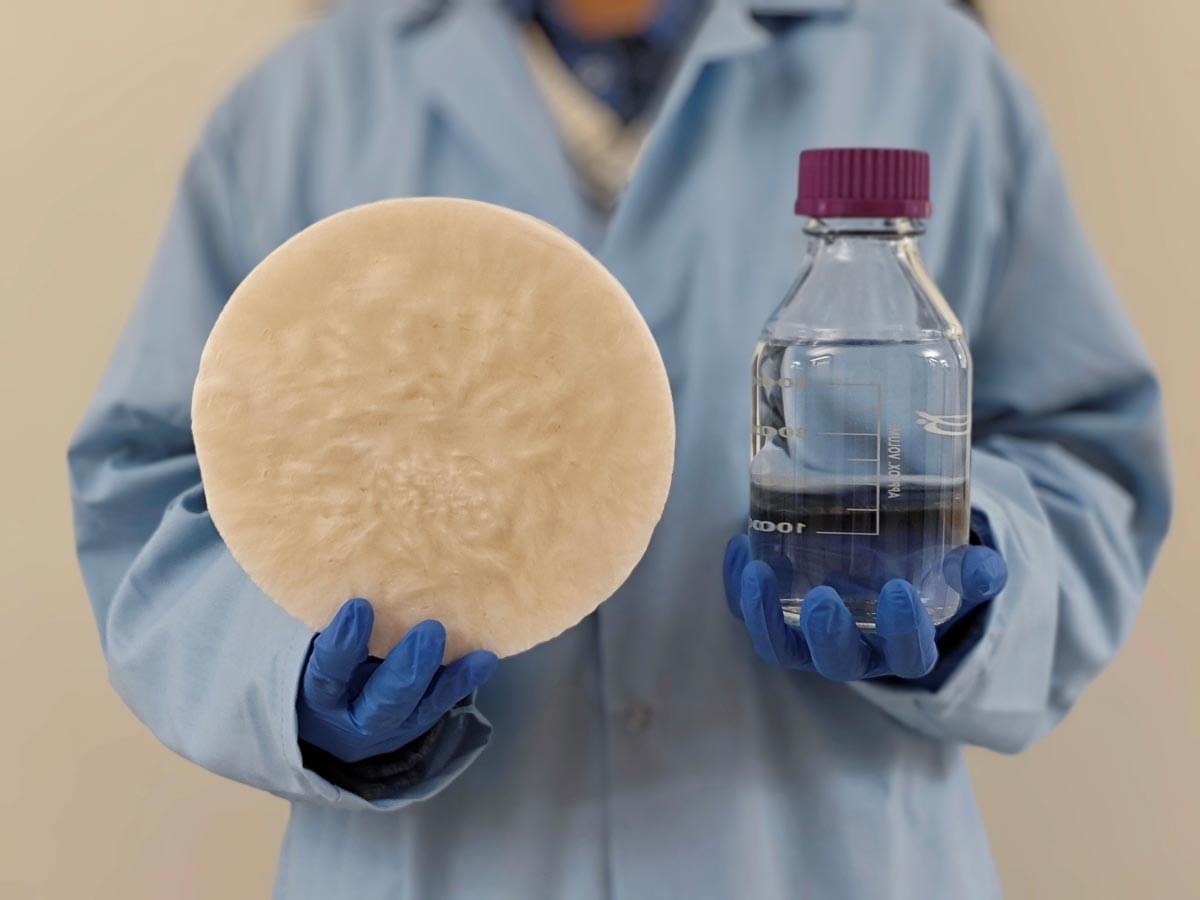A team of environmental researchers, Earth scientists and pollution specialists at Nanjing University, the Chinese Academy of Sciences and colleagues from Germany and the U.S. has found evidence that microplastics have a negative impact on photosynthesis in terrestrial, marine, and freshwater ecosystems.
In their study, published in the Proceedings of the National Academy of Sciences, the group conducted a meta-analysis of data from more than 150 studies involving the impact of microplastics on plants.
Prior research has shown that microplastics have made their way to nearly every ecosystem on the planet, and now contaminate plants and animals, including humans. For this new study, the research team wondered if microplastics might have an unknown impact on plants living in the ocean, in fresh water or growing on land, and they conducted a study of prior research to find out.
